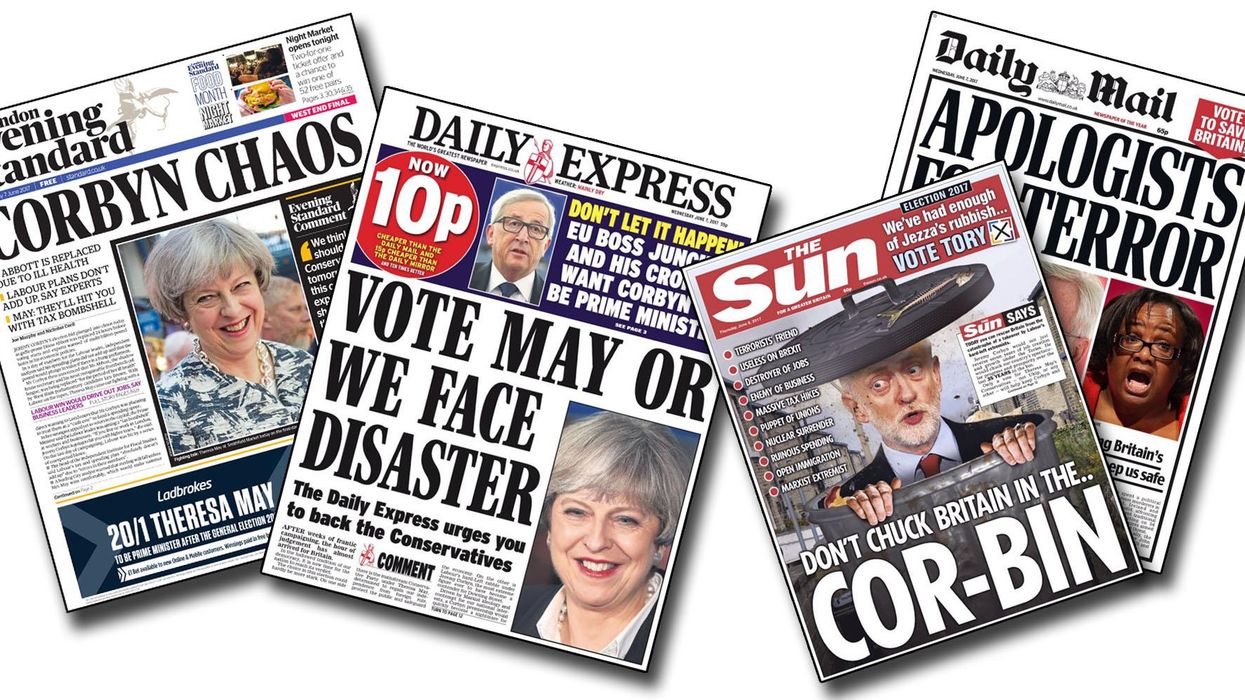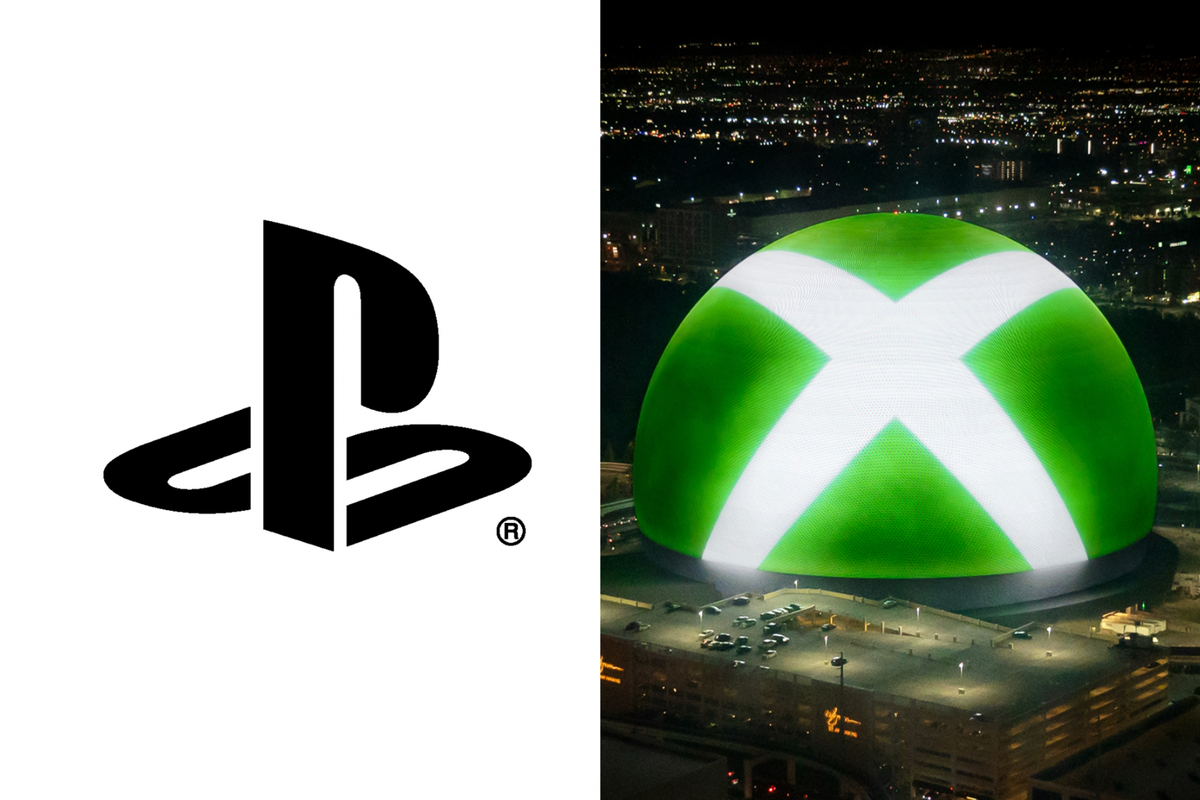News
Bridie Pearson-Jones
Jun 12, 2017

A study from the Centre for Research in Communication and Culture at Loughborough University has found that newspapers and broadcasters were biased against Labour in a campaign which was "more negative" and "more Presidential" than 2015.
It was about two party politics
Unlike 2015, Labour and Conservatives dominated the news coverage in 2017.
84 per cent of the featured politicians in the news were from the Labour or Conservative parties.
Theresa May was more dominant than Jeremy Corbyn at the start of the campaign, but gradually grew in press coverage.
By weeks four and five Corbyn was equally or more prominent than May, yet May still got more total coverage.
Of the top 21 politicians in the news, nine were Conservatives.
Six were Labour, two were Lib Dems, and there were one each from the SNP, Plaid Cymru and UKIP.
Five were either not running, or not MPs before the election.
Tories were quoted more.
In both print and TV news, the Conservatives were quoted more.
The difference was greater in the print media which had a 9.6 per cent gap compared to TV (2.1 per cent).
The Conservative party sources gained most coverage and quotation in both press and television news.
With TV the differences with their main rival were small; with the press this coverage gap was more pronounced.
Minor parties were quoted more on TV news than in newspapers.
It was presidential.
During the campaign news coverage was largely focused on the leaders of the two main parties.
Of the leaders of the 'minor parties' (counted by the researchers are everything other than Labour and Conservative) Tim Farron, the leader of the Liberal Democrats received the most attention (despite only having nine MPs to the Nicola Sturgeon's 54).
The leaders of the other parties attracted much less coverage in comparison.
It was generally very negative
On the whole, the newspaper coverage was overwhelmingly negative. No party achieved a net positive rating without weighting the papers by circulation.
Labour overwhelmingly had the most negative coverage.
Weighted by circulation of the paper, all parties other than the Conservatives have net negative ratings.
Unweighted figures show that the Conservatives began the campaign with positive coverage but it began to turn in the aftermath of their manifesto being released and their u-turn on dementia tax.
The Mirror, the Star and the Guardian were the only papers which had positive coverage of Labour and negative of the Conservatives.
The Sun, The Daily Telegraph, The Daily Mail and the Daily Express were the reverse.
The Financial Times were the only paper that were negative to every party, and the The Times were the only net negative to all but the Lib Dems.
What were the key issues?
Coverage of the electoral process itself, things like campaign mishaps and opinion polls, was the most reported issue.
After that the most prominent issue was Brexit, followed by defence, health and taxation respectively.
Men dominated
Nearly 60 per cent of politicians who appeared in news were male, compared to only 40 per cent female..
Note of methodology:
The researchers derived from detailed content analysis of election coverage produced on the weekdays (i.e. Monday to Friday inclusive) between 5th May – 7th June 2017 from the following news outlets:
Television: Channel 4 News (7pm), Channel 5 News (6.30pm), BBC1 News at 10, ITV1 News at 10, Sky News 8-8.30pm.
Press: The Guardian, The I, The Daily Telegraph, The Times, The Financial Times, The Daily Mail, The Daily Express, The Mirror, The Sun, The Star.
They analysed all election news found in the television programmes. In the newspapers they included election news found on the front page, the first two pages of the domestic news section, the first two pages of any specialist election section and the page containing and facing the papers’ leader editorials.
More: Show this to anyone who says the British media doesn't have an anti-Labour bias
More: People are mocking anti-Labour coverage with #LastMinuteCorbynSmears
Top 100
The Conversation (0)
















